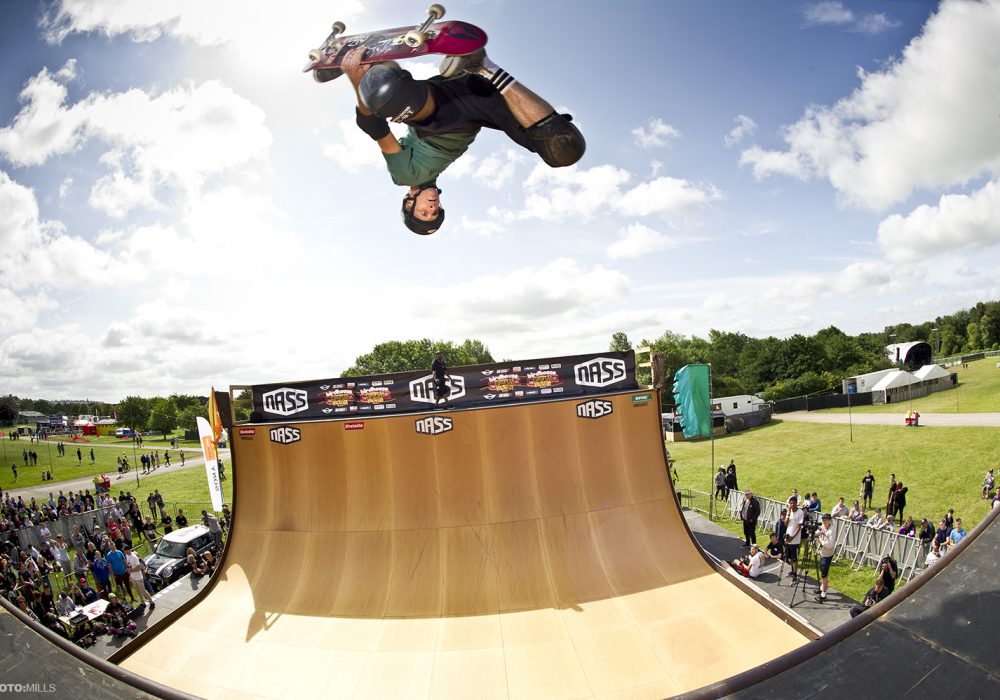
A Brief History of Skateboarding
Photo By: Harvey Mills
The first thing I want to discuss is the history and origins of skateboarding. The origins of skateboarding are quite humble. Skateboarding was born sometime in the late 1940s and early 1950s by surfers in California who were looking for something to do to pass the time when the waves weren’t all that great. This crude form of skateboarding was called sidewalk surfing because surfers mimicked what they would do on a surfboard on their rudimentary skateboards. Throughout the 1960s skateboarding continued to be a niche thing that surfers would do on their downtime, it wasn’t until the 1970s and the invention of polyurethane wheels when skateboarding really began to take off.
Before the 1970s skateboard wheels were made of metal or in some cases ceramic or clay. These wheels were not efficient and made skateboarding a difficult task. After polyurethane wheels were invented it made skateboarding easier to learn, and more accessible to the average person. At this time inline and vert skating was popular. People would skate in empty swimming pools or half-pipes which is a ramp that curves up at both ends creating a shape that resembles half the diameter of a pipe hence the name half-pipe. However inline skating began to die in the late 1980s and early 1990s which dawned a new era in skating which was heavily focused on skating urban areas, and architecture. This is called street skating and it is still the most popular form of skateboarding to this day. Instead of inline skating, these skaters rely on things like railings, stairs, and similar structures to perform their tricks.
At each stage of the evolution of skateboarding, people have been thinking and creating new ways to use a skateboard. Countless people have influenced this sport and made it into what it is today. We can look back at those “sidewalk surfers” and see how they planted the seed for this sport to grow and become its own unique thing.